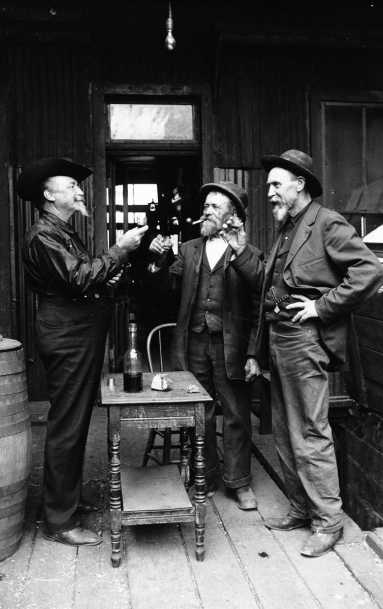Bowman's Musee Brought the Bizarre to Aspen's Saloon Scene
The lure of silver drew the first crowds over Independence Pass to the Roaring Fork Valley in the early 1880s. Myriad businesses opened in Aspen during those bustling years; unsurprisingly, food and beverage purveyors thrived.
One such resident was John L. Bowman, whose notorious watering hole, Bowman’s Musee, doubled as a cabinet of curiosities. He came to Aspen from Pennsylvania in 1888 to manage the Schiller Mine. In 1892, Bowman turned his focus from resource extraction to another profitable mining-camp enterprise: booze.
On New Year’s Day, 1893, The Aspen Times announced a change of ownership and re-opening of what would become known as Bowman’s Musee and Saloon. The announcement assured readers the establishment’s fare would not change: “Only the best cigars and liquors are kept. Free lunches are set every day, made up of the most appetizing delicacies, a feature being cold roast venison and the rare cheeses.”
With the addition of a curio shop, the ambiance shifted. A business card advertised the Musee’s eclectic offerings: “Liquors, wines, ale, beers, and cigars,” as well as “specimens, curios, and relics” from “all parts of the world.” A human skeleton was rumored to have been mounted on the wall.
The Musee, at 531 E. Cooper St., occupied the second building of what is now known as the Bowman block. When Bowman passed away in 1924, his obituary noted that he was a man of “pleasing and engaging personality and as a public-spirited citizen he went the limit in backing his faith in the mining possibilities of the Aspen district.”
Edible Traditions is produced by the Aspen Historical Society. For access to the full online archives, including nearly 40,000 historic images, visit AspenHistory.org or call 970.925.3721.





